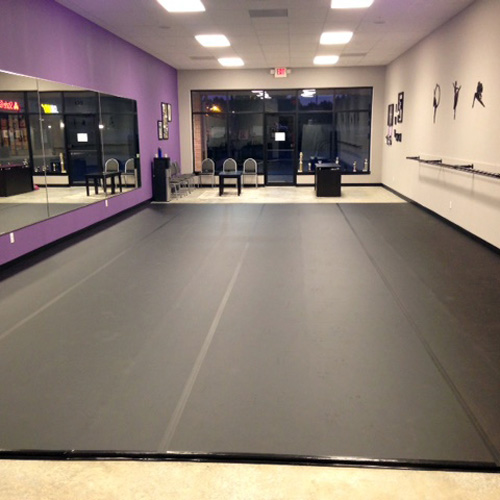Brightening Creativity With Color Concept in Light Emitting Diode Dance Surface Creations
Brightening Creativity With Color Concept in Light Emitting Diode Dance Surface Creations
Blog Article
Hue theory represents an important element of aesthetics, particularly as it comes to creating light-emitting diode dance floors. The interplay of colors can significantly influence the mood and energy of a venue. By understanding how hues work together, designers can craft an environment that enhances the total experience for dancers. This piece explores the basics of hue theory and its use in light-emitting diode dance surface designs.
The primary colors are red, blue, and yellow. These colors cannot be made by mixing other colors together. Secondary hues, such as emerald, tangerine, and violet, are formed by combining main colors. Tertiary colors are formed by mixing a primary hue with a intermediate hue. Grasping these fundamental connections helps designers choose colors that complement one another and produce a visually appealing display. Mixing these hues on an light-emitting diode dancing surface can lead to dynamic and exciting effects that capture the attention of dancers.
Color value also holds a key part in design. Colors can be categorized as warm or chill. Hot hues, such as red, orange, and yellow, tend to elicit emotions of enthusiasm and warmth. In contrast, cool colors like blue, emerald, and violet typically create a calm and soothing atmosphere. Creators can utilize these hue values to set the mood for different kinds of occasions. For instance, a party atmosphere may gain from hot hues that energize the crowd, while a further calm event might use cool colors to offer a soothing effect.
In addition to color pairings and value, luminosity and intensity are essential elements to consider. Luminosity denotes to how bright or dark a color looks, while saturation indicates the vividness of a color. Bright, intense hues can create a vibrant and energetic atmosphere, perfect for dance floors. On the other hand, softer, lower saturated colors can generate a further muted atmosphere. By adjusting brightness and saturation, creators can draw attention to particular sections of the dance floor or establish sight routes, guiding participants More from the author through the space.
Ultimately, it is essential to take into useful link account the emotional effects of color in light-emitting diode dancing floor designs. Various hues can evoke various emotions and reactions. For instance, red is often associated with zeal and vitality, while blue can be soothing and tranquil. Grasping these associations allows creators to tactically use colors to influence the actions of participants. By incorporating color theory into LED dancing surface designs, creators can enhance the total encounter, making it memorable and enjoyable for everyone participating.